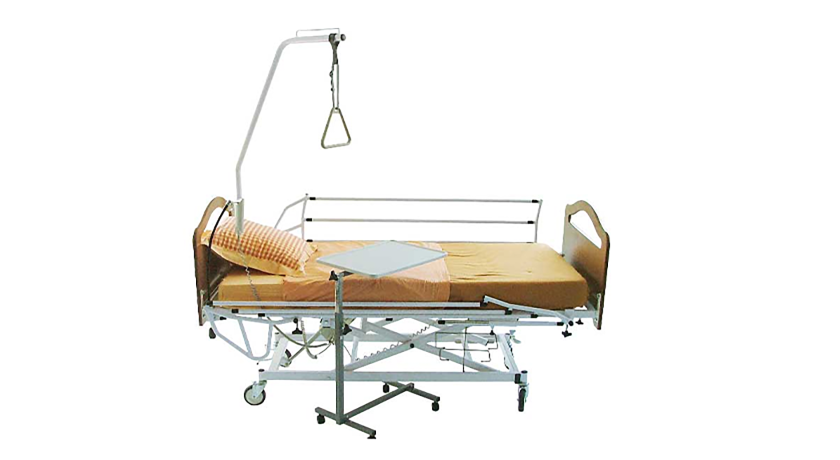
Mechanical Component Design Principles and Considerations
Mechanical component design plays an essential role in engineering, enabling the creation of efficient, reliable, and safe systems across various industries. From automobiles and aerospace systems to manufacturing equipment and consumer products, the design of mechanical components significantly influences performance, durability, and functionality. This article examines the fundamental principles of mechanical component design and the key considerations that engineers must address throughout the design process.
Principles of Mechanical Component Design
1. Functionality
The primary aim of mechanical component design is to ensure that the component fulfills its intended function effectively. This requires a thorough understanding of the application's demands, including loads, speeds, environments, and interactions with other components. For instance, the design of a gear must consider the torque requirements and operating speed to ensure efficient power transmission.
2. Material Selection
Material choice is a critical aspect of component design, directly affecting performance, weight, cost, and manufacturability. Engineers must evaluate materials based on mechanical properties such as tensile strength, ductility, corrosion resistance, and thermal stability. For example, in aerospace applications, lightweight materials like titanium and carbon fiber reinforced composites are often preferred due to their excellent strength-to-weight ratios.
Ensuring structural integrity is vital to prevent component failure under operational loads. Engineers utilize principles of mechanics and failure theories, such as fatigue and fracture mechanics, to predict how components will behave under stress. Finite element analysis (FEA) is commonly employed to simulate and assess the strength of components under various loading conditions, allowing designers to optimize shape and material distribution.
4. Tolerances and Fit

Precision in dimensions and tolerances is essential for ensuring that components fit together correctly and operate smoothly. Tight tolerances may be necessary in high-precision applications, such as in machinery or instruments, while larger tolerances may suffice for less critical applications. The concepts of clearance, interference fits, and geometric dimensioning and tolerancing (GD&T) are vital in ensuring that components function as intended.
5. Manufacturing Considerations
Designing for manufacturability involves considering the production processes that will be used to create the component. Engineers must optimize designs for ease of fabrication, assembly, and cost-effectiveness. This includes selecting processes like machining, casting, molding, or additive manufacturing based on the component's geometry, volume, and material choice. Adopting design principles such as design for assembly (DFA) and design for manufacturing (DFM) can significantly reduce production time and costs.
6. Safety and Reliability
Safety is paramount in mechanical design, particularly in applications subject to high stress, extreme temperatures, or hazardous environments. Engineers must incorporate safety factors into their designs to account for uncertainties and variability in material properties and loading conditions. Reliability analysis ensures that components perform their intended function throughout their expected lifespan, minimizing the risk of catastrophic failures.
7. Sustainability
With increasing awareness of environmental issues, sustainability is becoming a crucial consideration in mechanical component design. Engineers are encouraged to adopt eco-friendly materials, minimize waste during manufacturing, and design components for recyclability. Life-cycle assessment (LCA) can be used to evaluate the environmental impact of a component from material extraction through end-of-life disposal.
Conclusion
Mechanical component design is a multifaceted discipline that requires engineers to balance functionality, material properties, structural integrity, tolerances, manufacturability, safety, reliability, and sustainability. By adhering to these principles, engineers can create innovative and efficient components that meet the demands of modern applications. As technology continues to advance, the integration of computer-aided design (CAD) tools and simulation software will further enhance the design process, pushing the boundaries of what is possible in mechanical engineering. Effective component design not only improves performance but also contributes significantly to the overall success and competitiveness of engineered systems in the marketplace. Ultimately, the goal of mechanical component design is to create products that are not only functional but also safe, reliable, and environmentally sustainable.